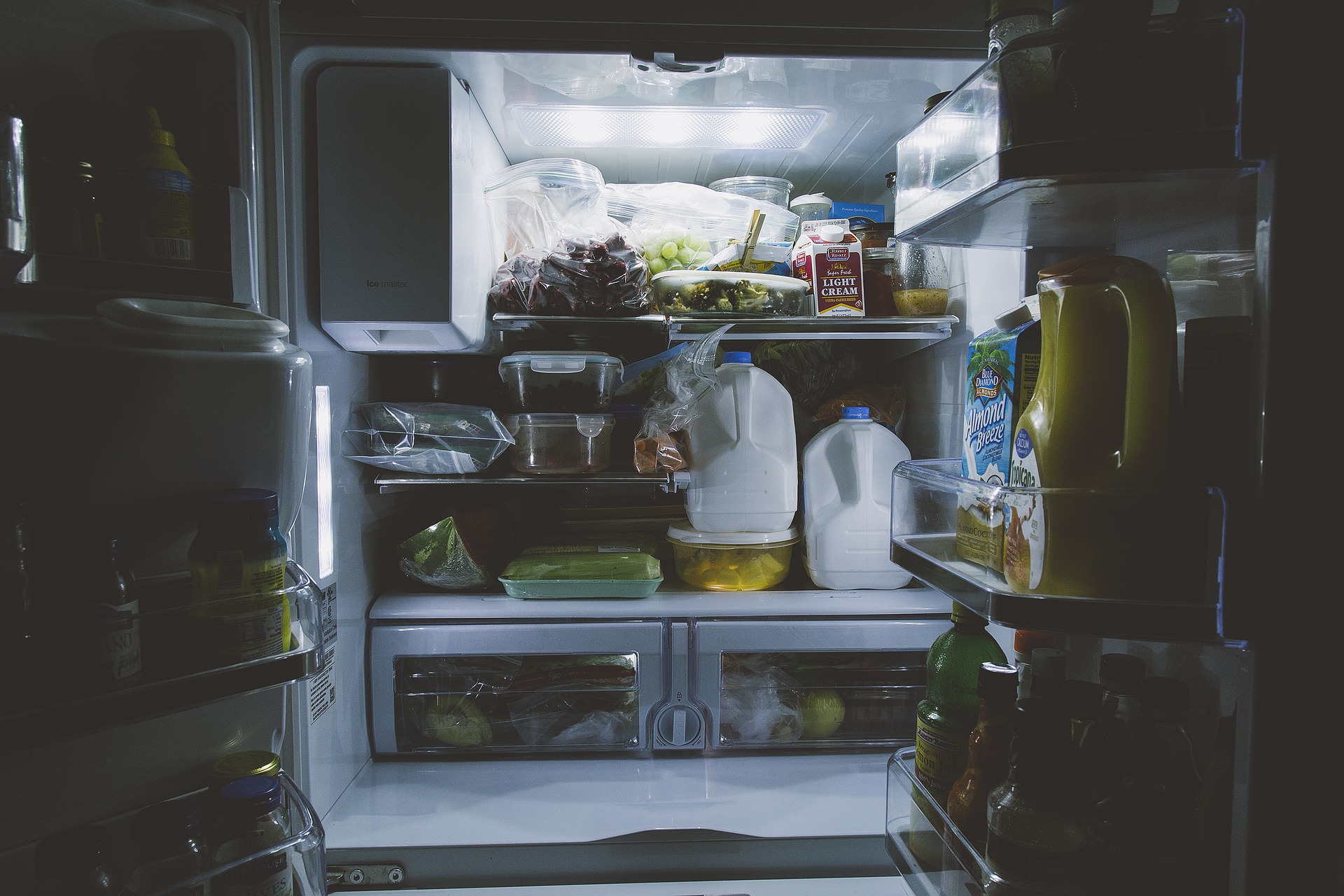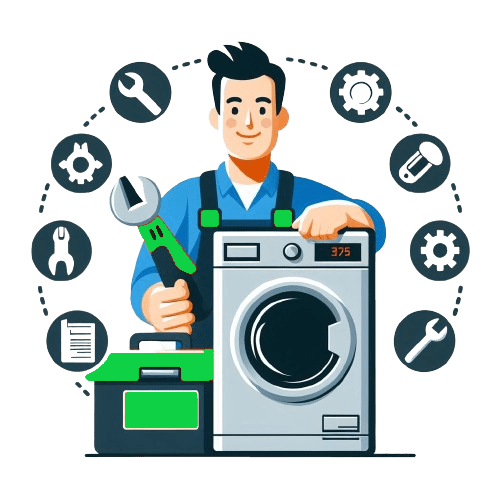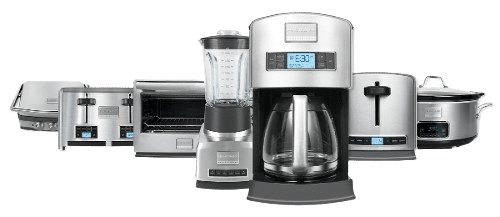Good for You, Good for Your Oven: Clean without Harsh Chemicals
Cleaning your oven regularly not only keeps it looking good but also prolongs its lifespan. It’s essential to clean the interior of your oven periodically to remove any built-up grease and grime that could cause smoke or even a fire.
However, harsh chemicals can damage the oven’s interior. So what are the best ways to clean without harsh chemicals?
One solution is using baking soda and vinegar. First, remove any loose debris from the interior of your oven with a damp cloth.
Then, make a paste from baking soda and water, apply it to the oven’s interior surfaces, and let it sit overnight. The following day, wipe away the paste with a damp cloth before spraying white vinegar on any remaining residue.
The chemical reaction will loosen dirt and grime. Another option is using dish soap mixed with water instead of harsh chemical cleaners; however, this method requires physical scrubbing and may take more time than using baking soda and vinegar.
Checking and Replacing Oven Light Bulbs
Oven light bulbs may seem like an insignificant part of your appliance; however, they are critical when cooking or checking food frequently on low heat settings because you won’t need to disrupt the cooking process by opening up the door all the time. A burnt-out bulb is also a sign that there might be an electrical issue within your appliance. To check if a bulb is still working correctly, carefully unscrew it from its socket while holding onto its base gently.
Visually inspect if there are broken filaments or discoloration on either end of the bulb; if so, replace it immediately. When replacing an oven light bulb, use one that has identical specifications as recommended in the owner’s manual to avoid electrical issues such as overheating.
Inspecting Burners for Damage or Clogs
Faulty burners can cause cooking to take longer than usual, uneven heating, and even the potential for fire hazards. Inspect your oven’s burners regularly for damages or clogs that could impede their effectiveness.
If you have a gas oven, check for cracks or damage to the burner’s metal tubing. A damaged tube may leak gas, leading to a dangerous buildup of natural gas in your home.
Clean any food debris from around the igniter electrode and burner using a toothbrush or compressed air. For electric ovens, look for signs of corrosion on the heating elements that could indicate a faulty circuit.
Also, clean any debris from around the element using a soft-bristled brush. Regular maintenance checks on your oven/stove will ensure its longevity and improve efficiency when cooking every day; it’s worth taking some time periodically to inspect all parts and address any issues before they turn into major problems.












